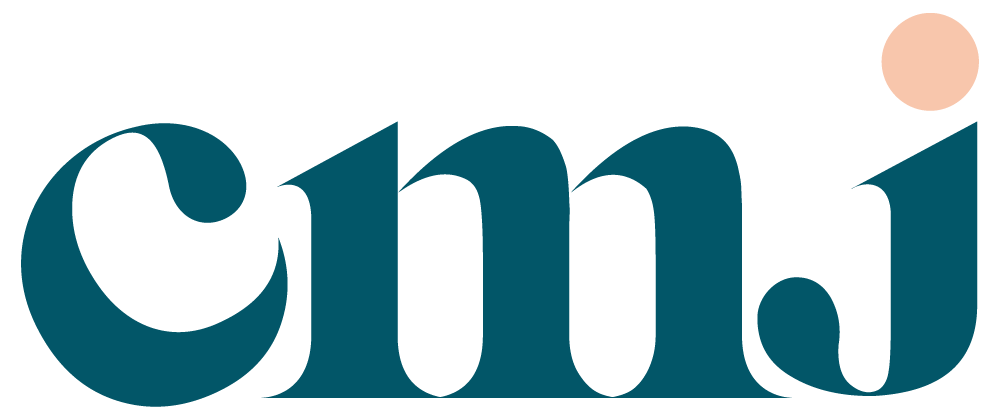How To Design Your Community for Trustworthiness
Note: This post originally appeared in the Gather Community Consulting Newsletter.
Trust is the key to community-building. How many times have you heard someone say that? Yet even if you know that what the “key” is, you may not which way to turn the key in the lock, how the key looks different from all those other keys on your keychain, and how to make your own. If that is the case, you are locked out of the community-building castle.
People will tell you, “To build trust, be consistent” or “be authentic.” Words like authentic and consistent - without parameters - sound good but won’t guide you.
I wanted to cut through the empty advice I kept hearing around trust and communities, so I’ve been reading nonstop about trust online. Countless academic studies connect trust to a whole host of powerful outcomes for organizations, communities, non-profits, and social movements. We know it matters.
Words like authentic and consistent - without parameters - sound good but won't guide you.
What we often don't know is how it gets built. What I've learned from all my reading and my own professional experience is that trust is a two-way exchange. It involves both you and your members actively extending trust by making commitments and then not breaking those commitments. It also involves (and we don't talk about this as much) our members willing to make themselves vulnerable and leap into the risk of trusting you and your organization.
Here is some of what I have learned about how trust gets built:
People often take action online in the absence of trust. The exchange has to be worthwhile, though often people don’t understand what they are exchanging (e.g. their privacy for the ability to join a Facebook Group)
It's good that people do take action sometimes in the absence of trust, otherwise we would never risk anything at all. This would be bad for us as social beings and bad for capitalism (though I'm not going to go into the reasons for that now).
Ultimately, the exchange must be deemed worthwhile for people to take the risk to trust you. If they don't find the reward worthwhile, they ignore your calls to action. It's nothing personal. The reward for the risk is just not worth it.
To help build trust, people need to find the answers to many questions over time, including:
Is the reward for participation higher than the risk you are asking them to take?
What behaviors can they expect in the space?
What might this organization do with their information?
How private is this space?
Have they had bad interactions with similar organizations?
People often take action online in the absence of trust.
Finally, I wanted to offer takeaways from Purdue University's Josh Boyd in his 2006 article, "The Rhetorical Construction of Trust Online." Boyd studies commercial spaces and trust-building online, which makes his work especially relevant to us:
“Trust is in actors, not systems.” Initial trust is difficult to achieve. You, as a community leader, can build that trust person-to-person by reaching out, listening for feedback, supporting members in reaching their goals, and serving as the liaison and organizational backbone of their work together.
“People trust what they already know, and trust becomes cumulative.” Frustrating as it may be, people trust what is familiar to them and trust takes time to build. Given that mutuality and reciprocity are factors in building relationships, I recommend you reciprocate and disclose as much as you ask others to disclose, expecting trust to build piece by piece over time.
“Trusting behavior results from accepting a little more risk or extending a little more trust.” Trust is only built when one or more parties involved decide to make themselves vulnerable - you can start this process with your own vulnerability. This idea comes from Helen Nissenbaum: "When we are placed in a context in which we depend on others for our well being and are assured, guaranteed by whatever means, that these others are prevented and restrained and therefore incapable of harming us, then the context, though safe and secure, is not one that nourishes trust."
“Initial trust is the most difficult to achieve.” Duh. But also, how reassuring! It's not just you! This is one reason why it can be like pulling teeth to get members to talk for the first time, even directly to you, especially online without nonverbal cues.
Trust requires risk. Asking for trust is asking someone to risk for you, for your cause.
What can do you do assure them that the risk is worth it, that they won't be taken advantage of? Can you promise them that?
Good luck out there. Keep cementing trust, being vulnerable enough to trust others, and sussing out who and what is not worth your trust and acting accordingly. You've got this.
Your friendly neighborhood community builder ⭐
Carrie Melissa Jones
Founder, Gather Community Consulting
Further Reading
A few of my sources for further reading if you are so inclined:
Josh Boyd: The Rhetorical Construction of Trust Online (2006)
Stefanie Molthagen-Schnoring: Rhetoric in Times of Crises: How Financial Institutions Try to Restore Confidence (2013)
Jiahua Jim, Yijun Li, Xiaojia Zhong, & Li Zhai: Why Users Contribute Knowledge to Online Communities (2015)
Luis V. Casalo, Carlos Flavian, & Miguel Guinaliu: Relationship Quality, Community Promotion and Brand Loyalty in Virtual Communities (2010)
Helen Nissenbaum: Securing Trust Online (2001)
If you are unable to locate any of these resources publicly (some are behind academic paywalls though I tried to find ones in the public domain), shoot me a message.
